Ancient Greece, a cradle of civilization and a hub of art, philosophy, and democracy, also left behind a legacy of remarkable numismatic treasures. Among these treasures, the Sikyon Stater stands out as a testament to the artistry, history, and cultural significance of the ancient city-state of Sikyon. This coin, with its unique designs and historical context, offers a window into the rich tapestry of Greek antiquity.
The City-State of Sikyon
Located in the northern part of the Peloponnesus, the city of Sikyon was known for its various industries, such as pottery, sculpture, and bronze work. It was also frequently involved in the conflicts of its neighbors, such as Thebes, Sparta, Corinth, Athens, and Theos. During the Peloponnesian War, it was the main mint of the anti-Athenian state governments. It issued a large number of coins, which were then melted down to finance their continued conquests.
The city of Sikyon was also known for its various industries, such as pottery, sculpture, and bronze work. It was the cradle of western art, as well as the location of some of the most prominent schools that produced great sculptors, such as Polykleitos and Lysippos.
In 334 BCE, Alexander the Great asked for the help of mercenaries from the Peloponnese. These individuals were reportedly paid out as a signing bonus, and they were supposedly buried in order to keep them safe. Unfortunately, many of these individuals never returned. This explains why many of these types of coins still exist today.
The stater depicted a mythical creature known as a chimera, which is a fire-breathing monster that has the head of a goat and the tail of a snake. It was reportedly killed by Bellerophon with the help of Apollo. This type of coin also appeared on most of the city’s major coins.
The Chimaera Stater
One of the most famous iterations of the Sikyon Stater is the “Chimaera Stater.” This coin’s design features a striking representation of the Chimaera, a mythical creature from Greek mythology. The Chimaera had the body of a lion, the head of a goat, and a serpent’s tail. It was a symbol closely associated with Sikyon.
The Chimaera Stater’s depiction of this mythical beast showcases the exceptional skill of ancient Greek engravers. The creature is rendered in exquisite detail, with a sense of motion and vitality that brings it to life on the coin’s surface. This coin serves as both a work of art and a medium of exchange.
The Reverse
The dove is depicted on the reverse, and it represents the city’s main emblem and spirit. In antiquity, it was believed that doves were good, peaceful, and kind animals. Romans and Greeks also believed that these animals represented devotion and love, and they were the sacred creatures of multiple goddesses. This coin’s iconography was a depiction of peace and war.
Historical Significance
The Sikyon Stater provides valuable historical insights into the city-state’s past. These coins were used for trade and commerce, facilitating economic transactions in the ancient world. They also reflect Sikyon’s prominence as a center of culture and trade during various periods of its history.
Moreover, Sikyon Staters bear the names of magistrates and officials, which allows historians to trace the city’s political and administrative changes over time. These inscriptions offer a tangible link to the individuals who governed Sikyon and contributed to its historical narrative.
Numismatic Legacy
The Sikyon Stater is a prime example of the enduring fascination with ancient Greek coins among collectors and historians. Numismatists are drawn to these coins not only for their aesthetic beauty but also for the historical and cultural stories they tell. The study of Sikyon Staters extends beyond their intrinsic value; it encompasses the broader history and evolution of coinage in ancient Greece.
The Sikyon Stater ancient coin is a masterpiece of artistry and history. Its Chimaera Stater, with its captivating depiction of a mythical creature, serves as a testament to the creativity and skill of ancient Greek engravers. Beyond its aesthetic appeal, this coin provides a tangible link to the history and culture of Sikyon, shedding light on the city-state’s prominence in the ancient world.
As collectors and historians continue to explore the world of ancient coins, the Sikyon Stater remains a cherished relic, reminding us of the enduring legacy of ancient Greece and its contributions to art, culture, and numismatics.
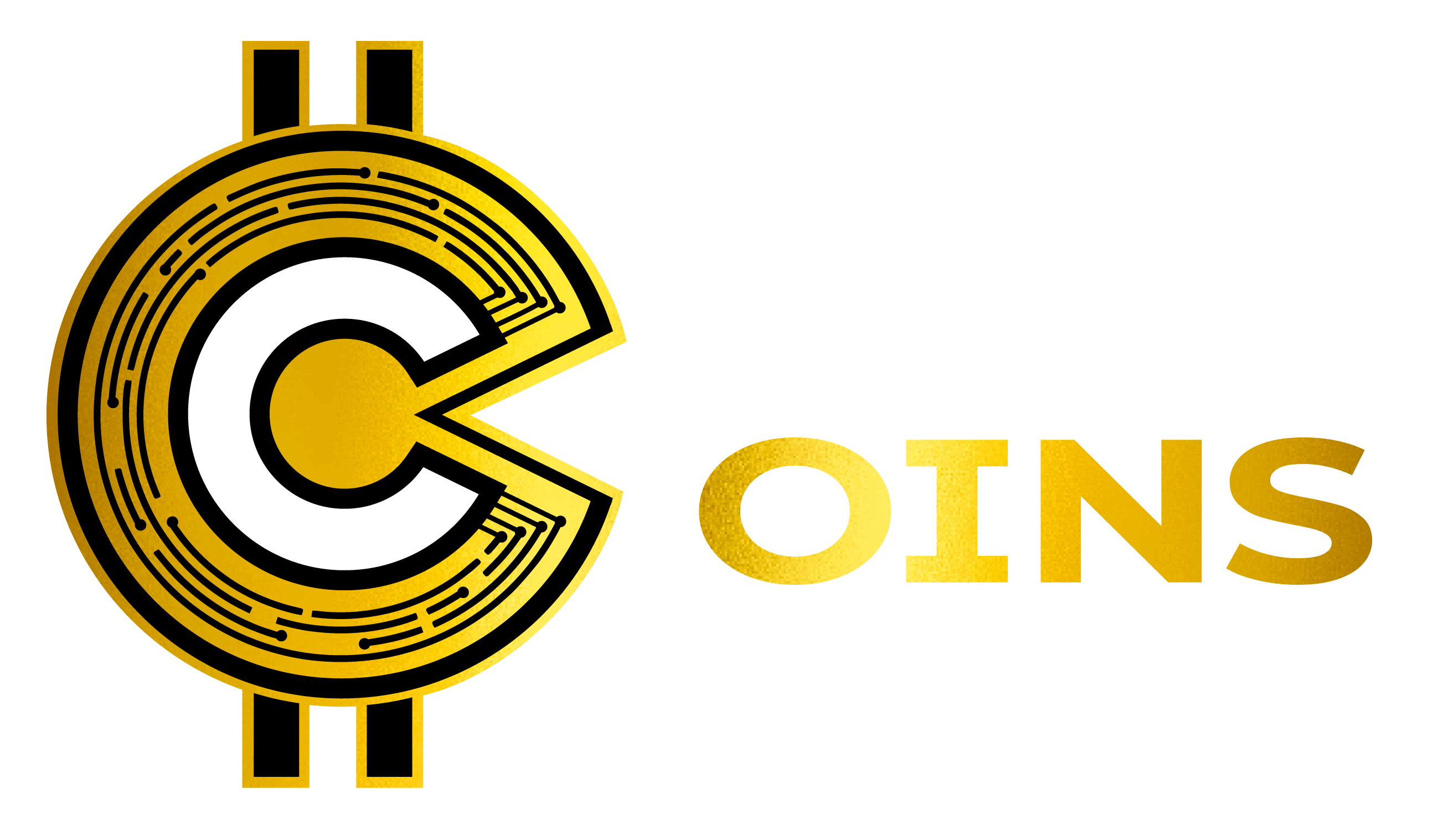
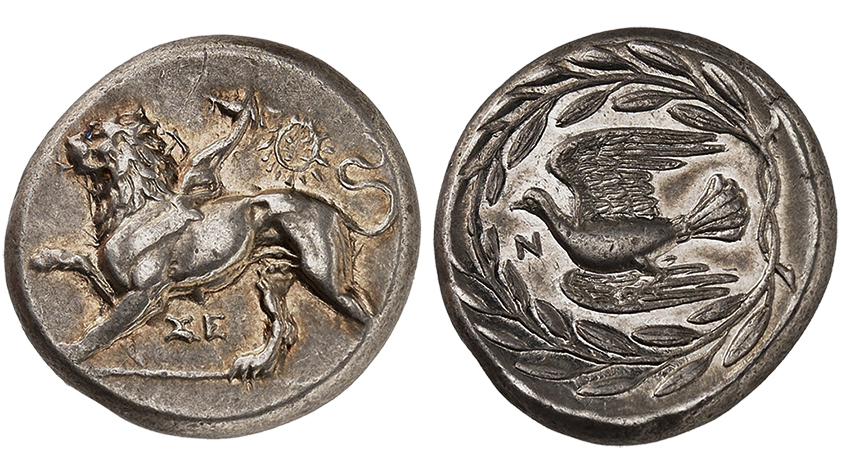




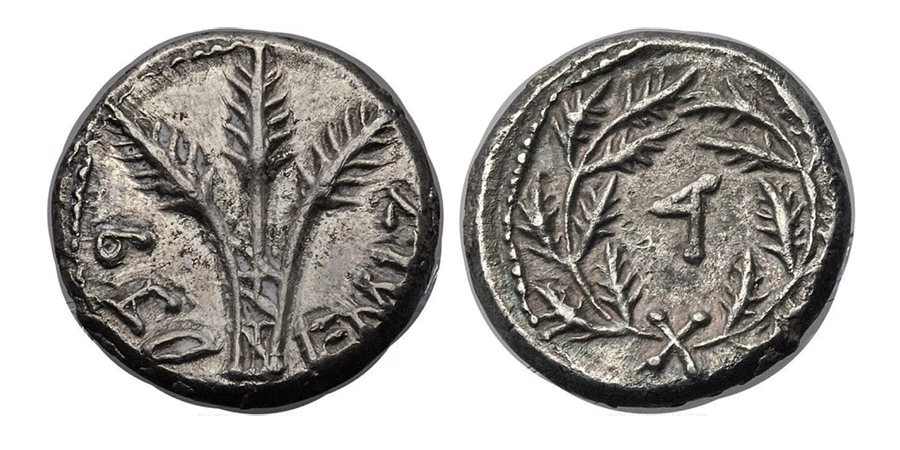
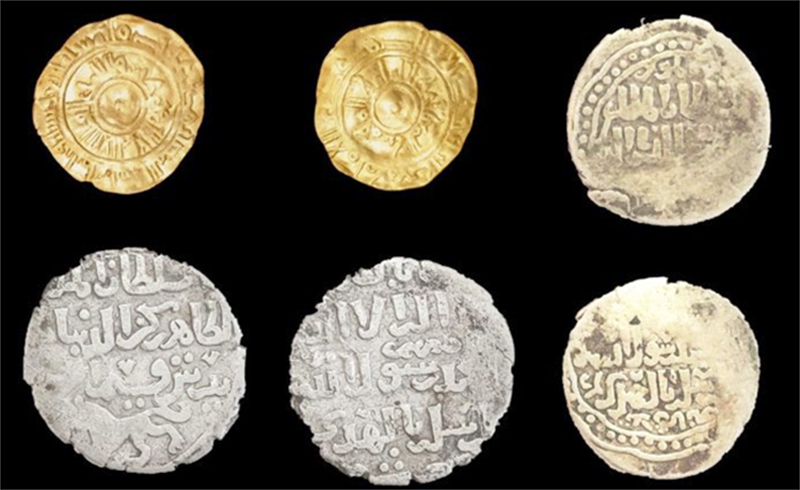

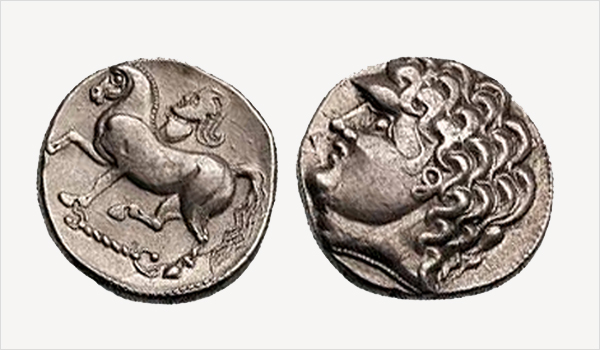

Leave a Reply